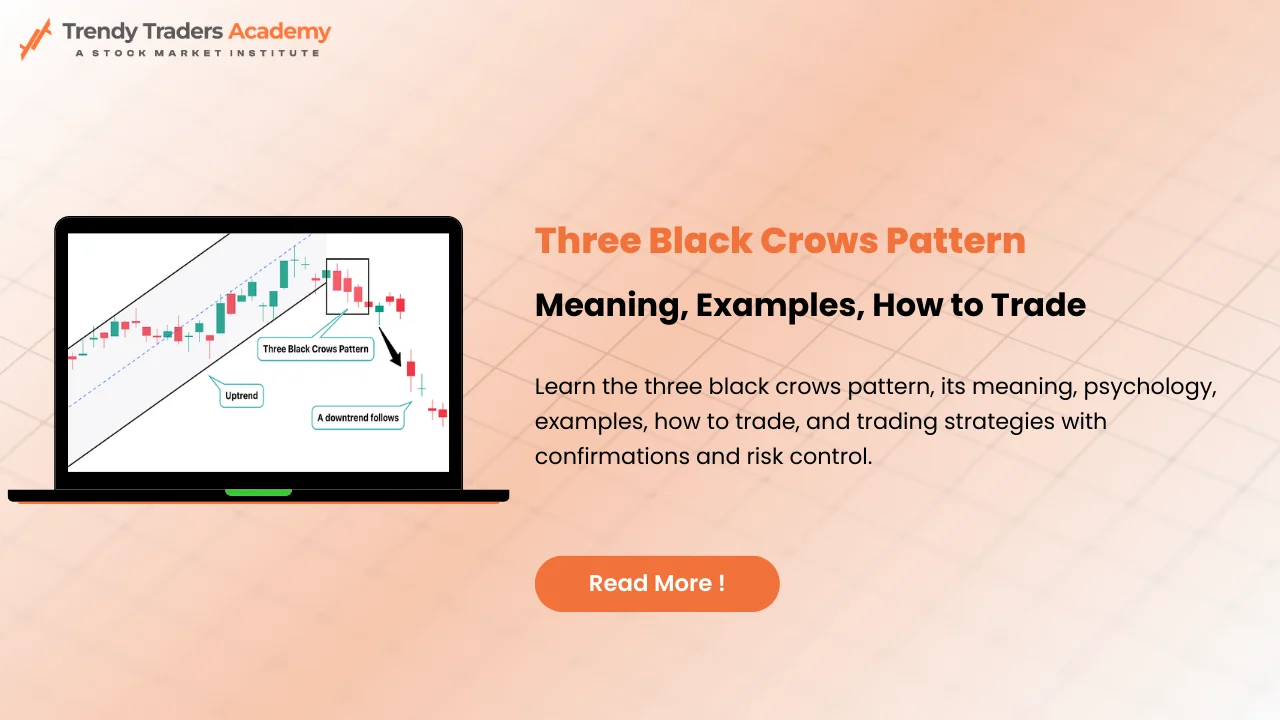
Sensex vs Nifty: A Comprehensive and Conversational Guide
When people mention the Indian stock market , two names come to the mind: Sensex and Nifty. These indices act as heart of the economy. But what differentiates both of them? How should one interpret Sensex vs Nifty returns, Nifty 50 vs Sensex composition or analyse a Sensex vs Nifty chart? This blog dives into these questions in a beginner friendly manner so that one can invest with a confident positive attitude.
What Exactly Are Sensex and Nifty?
- Sensex, or the BSE Sensex, represents 30 well-established companies that are listed on the Bombay Stock Exchange.
- Nifty, also called Nifty 50, tracks 50 large-cap firms on the National Stock Exchange.
Although both provide the reflection of the Indian stock market, their make-up, purpose, and behavior differ.
Sensex vs Nifty 50 : Key Differences at a Glance
| Attribute | Sensex | Nifty 50 |
| Number of Constituents | 30 | 50 |
| Sector Representation | Core sectors, heavier on energy & materials | Broader coverage including financials and tech |
| Weight Distribution | Heavier concentration in select companies | More evenly divided weights |
| Rebalancing Frequency | Every six months | Every quarter |
| Liquidity & Volume | High, but slightly lower than Nifty | Higher on average |
Understanding the Nifty 50 vs Sensex Chart
Overlay a Sensex vs Nifty chart for a multi-year period and you’ll notice they generally move in tandem—especially during major rallies or corrections. However, their curves diverge slightly based on sector performance.
- When mutual funds rotate into mid-caps or financials, Nifty can outperform Sensex.
- Conversely, during energy sector rallies, Sensex might take the lead.
Comparing Sensex vs Nifty Returns
Although very close, Sensex vs Nifty returns can differ by a minute percent annually.
- Historical data (2010–2020) shows Nifty hovering around 12.7% CAGR, with Sensex following it behind at 12.3%.
- More recently (2020–2025), both lingering near a 13–14% annual return, with Nifty slightly edging ahead.
Sector Mischief: How It Shapes Index Performance
Sector tilt is key to understanding Nifty 50 vs Sensex dynamics:
- Financials make up a larger slice in Nifty, benefiting it during banking uptrends.
- Energy and industrials hold higher weightage in Sensex, providing upside growth when commodity prices shoots up.
- Tech giants like TCS and Infosys dominate both, but the specific stock weightage create minimal performance gaps.
Sector-specific trends create short-term fluctuations in Sensex vs Nifty returns.
Which Index Should You Include?
Nifty 50
- Ideal for broad market exposure
- Balanced across sectors
- Higher liquidity and diversified participation
Sensex
- Easier to track with just 30 names
- Rooted in India’s blue-chip legacy
- Slightly more congested—but still powerful
Investors can choose one of the indexes based on personal comfort, capital diversification, or strategy alignment.
Long-Term Thinking: Sensex vs Nifty in Perspective
If one is investing with a five- to ten-year period in mind, both indices deliver almost the same growth. The underlying driver is India’s GDP expansion—not short-term index tweaks.
- Sensex vs Nifty chart patterns often sync over multi-year spans.
- Monthly or annual differences are usually small, especially when investing systematically through a SIP.
Global Relevance and Market Impact of Sensex vs Nifty
These indices are increasingly watched internationally:
Foreign institutional investors (FIIs) often consider fluctuations in Sensex and Nifty before rebalancing their Indian exposure.
Global financial portals prefer Sensex for macroeconomic updates, while Nifty is frequently used in ETF and derivatives analysis.
Major global events—like U.S. rate shifts or Chinese policy changes—usually end up affecting Indian benchmarks in a quick succession. That’s why grasping in detail about Sensex vs Nifty helps one to understand both local and global investment flows.
How to Invest in Sensex or Nifty
- Choose one’s own vehicle: ETFs, index funds, or direct exposure.
- Check liquidity and cost: Nifty ETFs usually have marginally lower tracking error.
- Set a SIP: Regular investment smooths entry prices and removes timing bias.
- Track performance: Quarterly reviews helps ensure whether the benchmark is performing as expected.
Real-World Illustrations
Banking surge 2022: Nifty led due to heavier financial exposure.
Energy spike 2023: Sensex surged given energy stock outperformers.
Tech rally 2024: Both indices climbed together, but Nifty edged out slightly because of stock distribution.
These real-world examples explain Sensex vs Nifty returns variation.
How Sensex and Nifty Are Built
Both indices use a free-float market-capitalization methodology, but they apply it in a different manner:
Sensex includes 30 of the largest and most liquid firms from the BSE universe. Constituents are weighted based on their free-float adjusted market cap, rebalanced semi-annually to reflect changes like new share issuance or merger acquisitions..
Nifty 50 tracks 50 top companies on the NSE. The index selects high-quality stocks with sufficient liquidity and diversifies across sector. Recalibrating occurs every quarter, aiming to adapt in a quick manner to evolving market trends
What this means in practice:
Stocks with a large public volume and high trading presence carry more weight.
Rebalancing frequency matters—Nifty’s quarterly refresh can better capture rising trends, while Sensex’s six-month model avoids over-churnning.
Understanding these construction details gives one the insight required into why Sensex and Nifty perform differently during rapid market fluctuations or company news.
Sectoral Exposure: A Deep Dive
Let’s break down how each index weights its sectors and what that means for performance:
Financials: Nifty typically assigns 35–37% to banking and NBFCs, making it more responsive during RBI rate changes or credit cycles. Sensex also holds a good chunk of financial companies but plays in a defensive manner in this sector.
Energy & Materials: Reliance, ONGC, Tata Steel, and Coal India apply more influence on Sensex since they have a majority weightage in Sensex, especially when crude prices fluctuate or infrastructure investment increases.
Technology: Heavyweights like TCS, Infosys, and HCL are a major part of both indices. Tech booms move both indices, but Nifty pushes further ahead if newer IT names make their presence.
Consumer & Pharma: While present in both benchmarks, slightly different inclusion rules mean certain mid-tier pharma or consumer stocks may land in Nifty but not Sensex.
The end result? A one- or two-percentage-point performance difference over a year due to sector bias.
Tactics for Investing in Sensex vs Nifty
Here are three practical market approaches investors commonly use:
Single Benchmark Allocation
One should either select Sensex or Nifty—whichever index aligns with one’s risk preference and portfolio vision. Automating monthly investments for a smooth journey.Benchmark Blending
If you want stricter exposure to financials or mid-cap heavyweights, you can split your investment—70% in Nifty ETF, 30% in Sensex ETF. You benefit from both market structures.Diversified Toolkit
Many investors combine index ETFs with active mid-cap, sectoral, or thematic funds (e.g., infrastructure or pharma). This balances index stability with focused growth potential.
Understanding Past Outperformance Episodes
Historical examples shed light on Sensex vs Nifty behavior:
2019–2020: Mid-cap recovery favored Nifty slightly as markets rotated out of pandemic-hit large caps.
2021 Energy Spike: Sensex outpaced with strong energy and metals performance.
2022 Financial Upside: As banking stocks rebounded, Nifty stayed ahead in recovery trajectory.
These episodes reiterate a simple fact: sector trends drive index returns more than sheer size or indexing rules.
How Global Investors View These Indices
Foreign institutional investors (FIIs) often analyze Sensex and Nifty for inflow decisions:
Nifty is mapped to global emerging-market ETFs, thanks to its broader coverage and liquidity.
- Sensex makes headlines during macro events or corporate earnings cycles.
Looking Ahead: What Sensex and Nifty Might Do
Index Expansion
There’s talk of adding more sectors or refining inclusion criteria—possibly integrating mid-cap exposure gradually.ESG Metrics
As Environmental, Social, and Governance investing gains traction, future editions of the indices may filter companies based on ESG scores.Thematic Segmentation
Expect more targeted indices—like ‘Nifty ETFs for Technology,’ ‘Nifty ESG,’ and ‘Bluechip 15’—to complement Sensex and Nifty staples.Global Interlinkages
With seamless FPI flows, both indices will react faster to global trends—fueling deeper appreciation for Sensex vs Nifty behavior in worldwide contexts.
Final Expansion Summary
You now know how the indices are constructed, why returns differ slightly, and when one may outperform the other.
You’ve seen investment strategies tailored to either single-index use or blended approaches.
You’ve gotten a glimpse of sector and global drivers influencing future movements.
Conclusion:
Sensex vs Nifty 50 represents distinct flavors of India’s economic story: legacy, finance, or breadth.
Both are really good for long-term investment, considering India’s tremendous growth path.
Instead of pushing your brain over to decide which is best, one should pick the index they understand, approach it with a disciplined SIP, and review their strategy periodically.
By doing this , one can tap into India’s upward growth with a vision, confidence, and consistency.
FAQ'S
Which shows better returns in the long run?
Returns are very close—often differing by 0.1–0.5% annually, but both provide strong long-term growth.
Can I invest in both?
Yes, though they offer overlapping exposure. Most investors pick one as core and use the other for experimenting.
Will sector trends switch their performances?
Yes—during financial rallies Nifty wins, and during energy rallies, Sensex may prevail.
How often are they updated?
Nifty is reviewed every quarter; Sensex receives updates twice a year based on market data.









